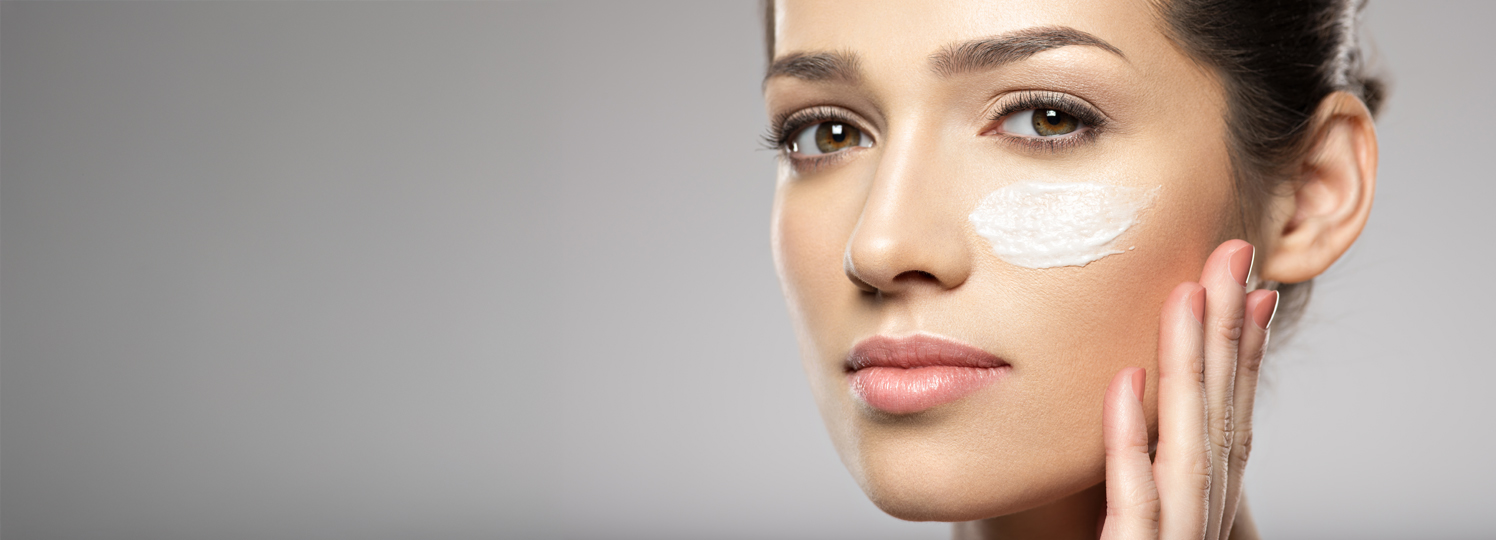

Facial Care


Facial Care
This light oil-in-water emulsion has the fewest possible, but compatible, ingredients. Therefore it is ideal for people with very sensitive skin who struggle to find compatible skincare products. Of the active substances included, emphasis is placed on natural vitamin E, urea and lactic acid. As the oil component we chose silicone oil, which is very compatible with the skin and cannot be mixed with mineral oils or paraffins. Silicone oil allows the skin to breathe just as natural plant oils do; in comparison with mineral oil, in high concentrations they do not build up an impenetrable film on the skin’s surface. One drawback of silicone oil is that it bio-degrades much more slowly in the environment than natural plant oils do. Therefore we only recommend Super Sensitive products for people with very sensitive skin.
50 ml Jar
Art.-Nr. 151
Aqua, Dimethicone, Butylene Glycol, Urea, Stearyl Alcohol, Methylglucose Distearate, Sucrose Stearate, Stearyl Dimethicone, D-alpha Tocopheryl Acetate, Sodium Lactate, Xanthan Gum, Lactic Acid
Aqua:
Water. It accounts for around 65% of the weight of the human body and is therefore of fundamental importance for bodily functions, including those of the skin. In many cosmetic products (aqueous solutions, cleansers, emulsions), water is the ingredient with the largest proportion of the formulation in terms of quantity and forms the basis of the aqueous phase in emulsions. Water is a good solvent for polar (hydrophilic) substances such as alcohols, water-soluble vitamins or salts. For use in cosmetic products, the water used is generally pre-treated to remove microorganisms that could lead to spoilage of the product or dissolved salts that may impair the stability of emulsions or gels (sterilization and desalination).
Dimethicone:
Silicone oil, synthetically produced, has a smoothing, impregnating effect, can impair hair coloring, used in creams as a care oil or as a defoamer; very well tolerated by the skin, is breathable like natural oils; poorly degradable, but not harmful to the environment
Butylene Glycol:
Solvent with moisturizing effect on the skin, very good compatibility, should be preferred to propylene glycol in products used daily
Urea:
The water-soluble urea is used in numerous cosmetic products. Urea is a component of the natural moisturising factors of the horny layer (content between 7 % and 12 %; up to half lower in chronically dry skin) and has a high water-binding capacity. It contributes to sustained moisturisation of the skin and reduces transepidermal water loss. Urea has a keratoplastic effect, in higher concentrations it has a keratolytic effect and is therefore also used in the care of skin affected by psoriasis or atopic dermatitis (neurodermatitis). Urea is also able to reduce the irritating potential of surfactants.
Stearyl Alcohol:
A body-identical fatty alcohol, occurs as an intermediate product in fat metabolism, also present in small quantities in the epidermis. Provides consistency in emulsions.
Sucrose Stearate:
O/W emulsifier obtained from cane sugar and fat, very skin-friendly, moisturising.
Stearyl Dimethicone:
Conditioning oil, very well tolerated by the skin, non-occlusive. Forms a protective film on the hair in shampoos. This makes the hair soft, shiny and protects it from split ends and breakage.
D-alpha Tocopheryl Acetate:
Natural vitamin E acetate; storage form in the skin, is converted into the active form by dissolving the acetate bond; antioxidant with skin-protecting properties, e.g. against UV radiation, retains moisture, delays premature skin ageing
Sodium Lactate:
Sodium salt of lactic acid: Has a moisturising effect on the skin, with the physiological pH value of the skin averaging 5.5. Important component of the natural moisturising factor (NMF) and the acid mantle of the skin.
Xanthan Gum:
Polysaccharide, natural gelling agent with very good skin-compatible properties, is obtained biotechnologically.
Lactic Acid:
Lactic acid. Occurs as a metabolic product in the body and on the skin, has a peeling effect on the horny layer in higher concentrations and at a low pH value of 2 to 3, supports the moisture content in buffered form (physiological pH value of the skin approx. 5.5) and preserves the skin's protective acid mantle.